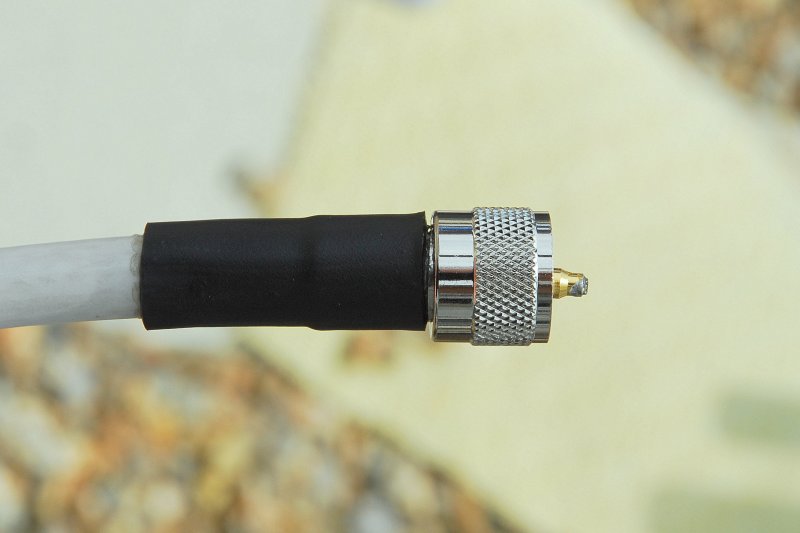They will also have an Standing Wave Ratio (SWR) which is pretty definitive for determining antenna condition and efficiency.
Yea, there's a lot of voodoo on this thread already. Dave is right. The loading coil must be in good condition. I've seen ones that were flooded and really hampered operation. An SWR meter is essential. Fortunately, they are quite inexpensive.
The loading coil adds inductive reactance to counter the capacitive reactance of the antenna, so the whole thing looks resistive to the cable, and no energy is reflected back, meaning, all of it is used to transmit/receive. A tuned whip without a loading coil at marine VHF frequencies would be impractically long.
You can get a VHF SWR meter on Amazon for about $40. A new Shakespeare 3' VHF whip is about $120. Cheap insurance.
Also, I've encountered many VHF radio problems caused by flooded (wet) coax cable. That's where the meter can help. A bit tougher to correct than a new whip. Make sure you use
real self-amalgamating tape to seal connections outside, not just vinyl electrical tape. Or, use adhesive-lined heat shrink if possible. But make sure it's water tight.



